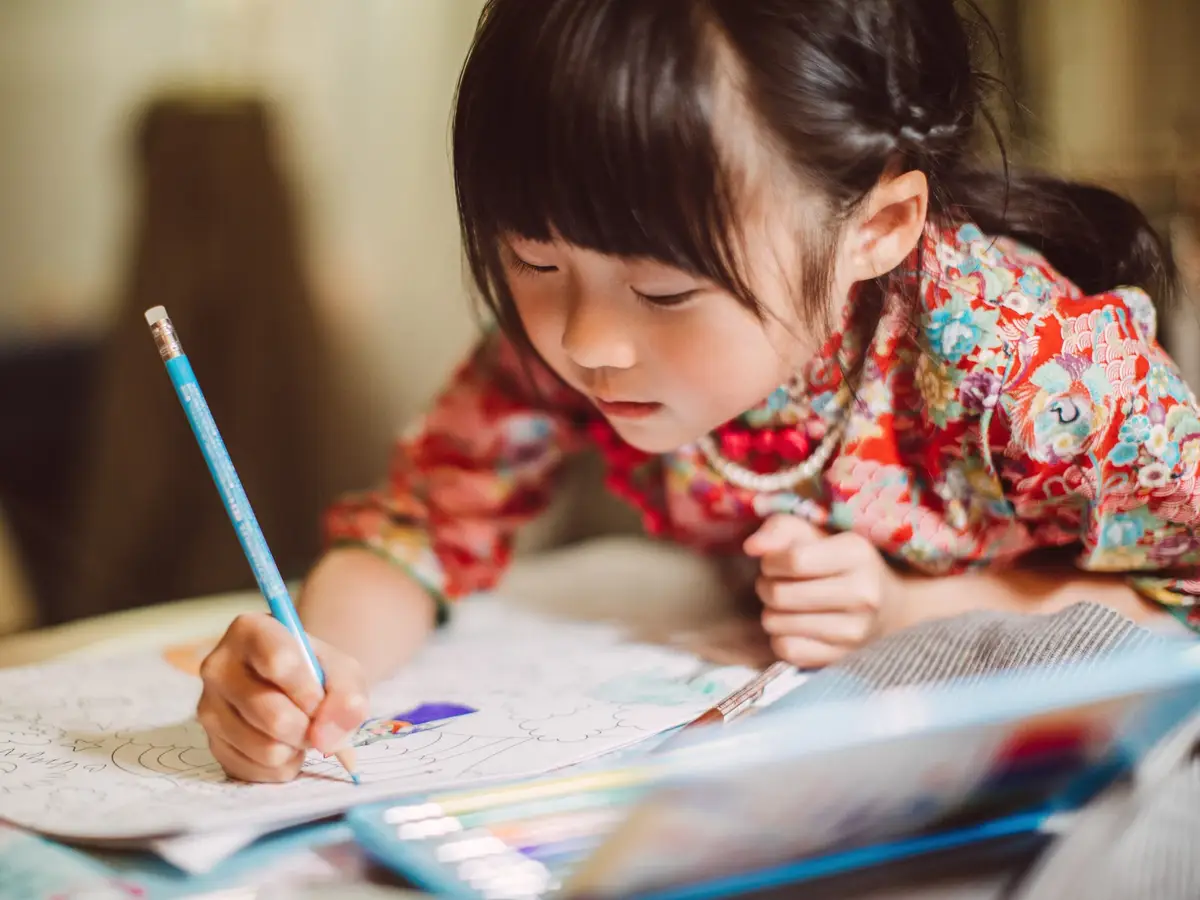I remember the day it hit me like a ton of bricks. My son, who was always the bubbly kid cracking jokes at dinner, started withdrawing into his room for hours. At first, I chalked it up to typical teen moodiness—after all, middle school can be rough. But when he began skipping meals and snapping at the smallest things, I knew something deeper was going on. As a parent, that realization was terrifying, but it pushed me to learn, listen, and seek help. If you’re reading this because your child is struggling with mental health, know you’re not alone. Millions of parents face this, and with the right approach, you can be their strongest ally. This guide draws from expert insights, real stories, and practical steps to help you support your child through it all.
Understanding Mental Health Struggles in Children
Mental health issues in kids aren’t just “phases” they’ll outgrow—they’re real conditions that can affect their emotions, behavior, and daily life. From anxiety that keeps them up at night to depression that dims their spark, these challenges often stem from a mix of genetics, environment, and life events like bullying or family changes. Recognizing this early can make all the difference, turning potential long-term issues into manageable hurdles with proper support.
Common Types of Mental Health Disorders in Kids
Disorders like ADHD, anxiety, and depression show up differently in children than in adults, often masked as irritability or school troubles. For instance, a child with anxiety might complain of stomachaches before school, while one with depression could lose interest in favorite activities. Understanding these can help you spot patterns and respond with empathy rather than frustration.
- Anxiety Disorders: Excessive worry, fear of separation, or panic attacks that interfere with school and play.
- Depression: Persistent sadness, low energy, or thoughts of self-harm that last more than two weeks.
- ADHD: Difficulty focusing, hyperactivity, or impulsivity that affects learning and relationships.
- Autism Spectrum Disorder: Challenges with social skills, repetitive behaviors, and sensory sensitivities.
- Bipolar Disorder: Extreme mood swings from high energy to deep lows, though rare in young kids.
Myths vs. Facts About Child Mental Health
Many parents worry that admitting their child has a mental health issue means they’ve failed somehow, but that’s a myth rooted in stigma. The fact is, these conditions are often biological, just like diabetes, and seeking help shows strength, not weakness. Early intervention can prevent escalation, and treatments like therapy are proven effective without always needing medication.
Spotting the Signs: When to Worry
As parents, we know our kids best, but subtle changes can slip by during busy days. If your child seems “off” for weeks—maybe they’re more tearful, aggressive, or isolated—it’s time to pay attention. These signs aren’t always dramatic; sometimes it’s a quiet shift, like avoiding friends or struggling with sleep, that signals they need your support.
Signs in Younger Children (Ages 3-8)
In little ones, mental health struggles might look like clinginess or tantrums beyond the terrible twos. They could regress, like bedwetting after being potty-trained, or show physical symptoms like headaches with no clear cause. Watching for these helps catch issues early, before they impact school readiness.
Signs in Older Children and Teens (Ages 9+)
Teens might hide their pain behind eye-rolls or slammed doors, but look for red flags like sudden grade drops, substance experimentation, or self-harm talk. Social media can amplify feelings of inadequacy, leading to withdrawal or risky behaviors. Open, non-judgmental chats can uncover what’s really brewing beneath the surface.
Here’s a quick comparison table of signs by age group, based on insights from reliable sources:
| Age Group | Emotional Signs | Behavioral Signs | Physical Signs |
|---|---|---|---|
| 3-8 Years | Frequent fear or sadness, irritability | Tantrums, avoidance of play | Stomachaches, trouble sleeping |
| 9-12 Years | Worry about school, low self-esteem | Isolation from friends, poor concentration | Headaches, changes in appetite |
| 13+ Years | Hopelessness, anger outbursts | Risky actions, substance use | Fatigue, self-harm scars |
My Story: Facing the Unknown Together
A few years back, my daughter started having panic attacks before tests—heart racing, tears flowing, the works. I felt helpless, replaying every parenting decision in my head. But sharing my own past anxieties with her opened the door; we laughed about my “worry monster” from childhood, making her feel less alone. That vulnerability turned our struggle into a team effort, and therapy became our game-changer. Stories like mine remind us that imperfection is okay—it’s the showing up that counts.
How to Talk to Your Child About Their Feelings
Starting the conversation doesn’t require perfect words; it’s about creating a safe space where they feel heard. Sit down during a calm moment, like a walk, and say something simple like, “I’ve noticed you’ve seemed down lately—want to talk about it?” Avoid prying; let them lead, and validate their emotions without jumping to fixes right away.
Building Trust Through Active Listening
Kids often clam up if they sense judgment, so mirror back what they say: “It sounds like that made you really scared.” This builds trust and shows you’re on their side. Over time, these chats can normalize mental health talks, making it easier for them to open up in the future.
When Humor Helps Lighten the Load
Sometimes, a light touch works wonders—like joking about how even superheroes have off days. My son and I created a “feelings jar” where we’d drop notes about our moods, turning serious talks into a fun ritual. It eased the tension and made vulnerability feel less scary.
Practical Ways to Support Your Child at Home
You don’t need to be a therapist to make a big impact—small daily habits can build resilience. Encourage routines like family meals or bedtime stories to provide stability, and model healthy coping by sharing how you handle stress. Remember, your calm presence is their anchor in stormy times.
- Promote physical activity: A daily walk or dance party can release endorphins and reduce anxiety.
- Limit screen time: Set boundaries to prevent comparison traps from social media.
- Teach mindfulness: Simple breathing exercises, like “balloon breaths,” can help during meltdowns.
- Foster connections: Arrange playdates or family game nights to combat isolation.
- Monitor nutrition: Balanced meals support brain health and mood stability.
Pros and Cons of Home-Based Coping Strategies
While home supports are accessible, they’re not a cure-all. Here’s a balanced view:
Pros:
- Cost-free and immediate.
- Strengthens family bonds.
- Empowers kids with lifelong skills.
Cons:
- May not address severe issues.
- Requires consistent effort from parents.
- Can feel overwhelming without professional guidance.
Seeking Professional Help: Where to Start
When home efforts aren’t enough, professionals offer tools you can’t replicate alone. Start with your pediatrician for a referral—they can rule out physical causes and connect you to specialists. Don’t delay; early help can prevent crises and set your child on a positive path.
Finding the Right Therapist or Counselor
Look for child-focused experts through directories like Psychology Today’s finder or local mental health clinics. Consider teletherapy for convenience, especially in rural areas. Resources like the National Institute of Mental Health provide guides on what to expect in sessions.
Best Therapies for Child Mental Health: A Comparison
Different therapies suit different needs—here’s a side-by-side look:
| Therapy Type | Focus | Best For | Duration |
|---|---|---|---|
| Cognitive Behavioral Therapy (CBT) | Changing negative thoughts | Anxiety, depression | 12-20 sessions |
| Play Therapy | Expression through play | Younger kids with trauma | Ongoing, 6-12 months |
| Family Therapy | Improving family dynamics | Behavioral issues | 8-16 sessions |
| Dialectical Behavior Therapy (DBT) | Emotion regulation | Teens with self-harm | 6-12 months |
For more on evidence-based options, check the American Academy of Child and Adolescent Psychiatry.
Navigating Resources and Support Networks
Beyond therapy, community resources can lighten your load. School counselors offer free support, while organizations like NAMI provide parent groups. Online forums on sites like Reddit’s r/Parenting can connect you with others in similar boats, reducing isolation.
Where to Get Free or Low-Cost Help
Explore options like the CDC’s children’s mental health resources for guides and hotlines. Local community health centers often have sliding-scale fees, and apps like Headspace offer kid-friendly mindfulness tools. For crisis support, call the 988 Suicide & Crisis Lifeline anytime.
Transactional Tools: Best Apps and Books for Families
Invest in tools that make support easier. Apps like Calm Kids teach relaxation, while books such as “The Whole-Brain Child” by Daniel Siegel give practical parenting tips. Track progress with journals from Mental Health Center Kids for structured emotional check-ins.
People Also Ask (PAA) Section
Based on common Google searches related to child mental health struggles, here are real questions users ask, with concise answers optimized for quick insights:
- What are the signs of mental health issues in children? Look for persistent sadness, withdrawal, changes in eating or sleeping, or physical complaints like headaches without cause.
- How do I know if my child needs mental health help? If symptoms last over two weeks and disrupt daily life, consult a doctor—early signs include irritability or school avoidance.
- What causes mental health problems in kids? A mix of genetics, trauma, family stress, or bullying; prevention focuses on strong relationships and routines.
- How can parents support a child’s mental health? Listen actively, encourage healthy habits, and seek professional help when needed—model coping skills daily.
- When should I take my child to a therapist? If home strategies fail or symptoms worsen, like self-harm thoughts, act immediately for evaluation.
Real Parent Stories: Finding Hope in Shared Experiences
Hearing from others can be a lifeline. Take Owen, a dad whose daughter Charlotte battled depression—he learned that listening without fixing was key, and medication helped stabilize her. Or a mom who navigated her son’s autism and anxiety during the pandemic, emphasizing persistence in finding residential treatment that turned things around. These tales, echoed in X posts from parents like Tara’s mom who simply listened, show that empathy and action lead to brighter days.
Preventing Future Struggles: Building Resilience
Prevention isn’t foolproof, but fostering open communication and healthy habits from early on can buffer against issues. Teach problem-solving through games, celebrate small wins to boost self-esteem, and address stressors like screen overload promptly. Schools with programs like social-emotional learning (internal link: /school-mental-health-tips) amplify your efforts.
Pros and Cons of Medication for Kids
If therapy alone isn’t enough, meds might enter the picture—here’s a balanced pros/cons list:
Pros:
- Quick symptom relief for severe cases.
- Improves focus and mood for better therapy engagement.
- Backed by research for conditions like ADHD.
Cons:
- Potential side effects like appetite changes.
- Requires monitoring and isn’t a standalone fix.
- Stigma can make kids feel “different.”
Discuss options with a child psychiatrist for personalized advice.
FAQ Section
What if my child refuses to talk about their mental health?
Respect their pace but gently encourage through activities like drawing feelings or shared journaling. If resistance persists, involve a neutral professional to bridge the gap.
How does social media affect kids’ mental health?
It can fuel comparison and anxiety, but moderated use with parental controls helps. Teach critical thinking about online content—resources from Common Sense Media (external link: commonsensemedia.org) guide this.
Can diet and exercise really improve mental health in children?
Yes, nutrient-rich foods and regular play boost brain chemicals like serotonin. Aim for balanced meals and 60 minutes of activity daily, as recommended by the CDC.
What are emergency signs I shouldn’t ignore?
Sudden talk of suicide, self-harm, or extreme withdrawal—call 988 immediately or head to the ER. Better safe than sorry.
How do I support siblings of a child with mental health issues?
Give them one-on-one time, explain the situation age-appropriately, and consider family therapy to prevent resentment.
In wrapping up, remember my son’s turnaround—he’s now thriving, thanks to our joint efforts. Your journey might have bumps, but with patience, resources, and love, you’ll guide your child toward healing. Reach out, stay connected, and know brighter days await. (Word count: 1,852)
Disclaimer: Grok is not a doctor; please consult one. Don’t share information that can identify you.



